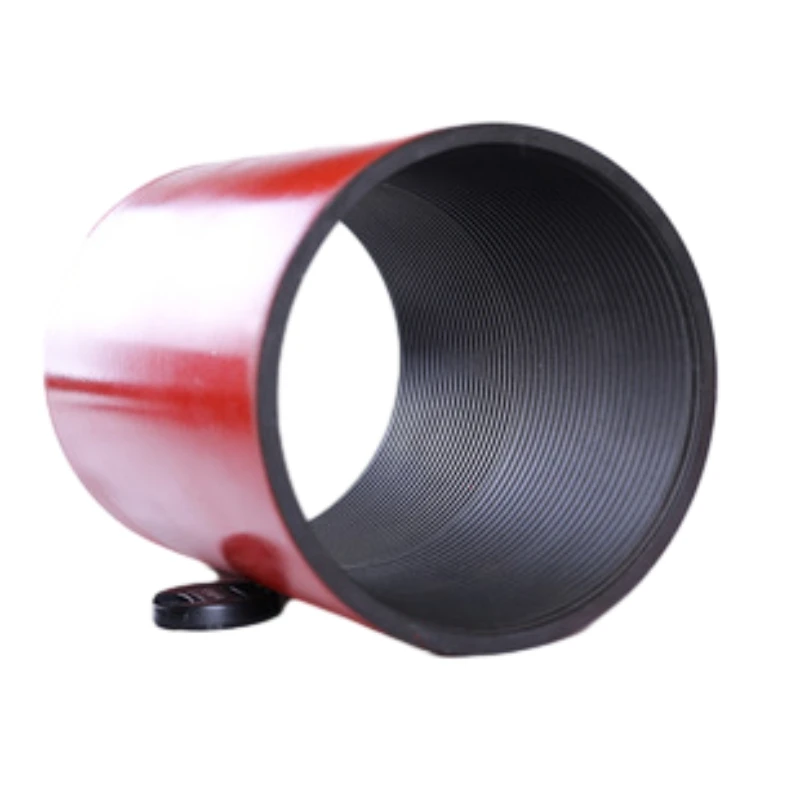- Afrikaans
- Albanian
- Amharic
- Arabic
- Armenian
- Azerbaijani
- Basque
- Belarusian
- Bengali
- Bosnian
- Bulgarian
- Catalan
- Cebuano
- Corsican
- Croatian
- Czech
- Danish
- Dutch
- English
- Esperanto
- Estonian
- Finnish
- French
- Frisian
- Galician
- Georgian
- German
- Greek
- Gujarati
- Haitian Creole
- hausa
- hawaiian
- Hebrew
- Hindi
- Miao
- Hungarian
- Icelandic
- igbo
- Indonesian
- irish
- Italian
- Japanese
- Javanese
- Kannada
- kazakh
- Khmer
- Rwandese
- Korean
- Kurdish
- Kyrgyz
- Lao
- Latin
- Latvian
- Lithuanian
- Luxembourgish
- Macedonian
- Malgashi
- Malay
- Malayalam
- Maltese
- Maori
- Marathi
- Mongolian
- Myanmar
- Nepali
- Norwegian
- Norwegian
- Occitan
- Pashto
- Persian
- Polish
- Portuguese
- Punjabi
- Romanian
- Russian
- Samoan
- Scottish Gaelic
- Serbian
- Sesotho
- Shona
- Sindhi
- Sinhala
- Slovak
- Slovenian
- Somali
- Spanish
- Sundanese
- Swahili
- Swedish
- Tagalog
- Tajik
- Tamil
- Tatar
- Telugu
- Thai
- Turkish
- Turkmen
- Ukrainian
- Urdu
- Uighur
- Uzbek
- Vietnamese
- Welsh
- Bantu
- Yiddish
- Yoruba
- Zulu
casing pup joint
Understanding Casing Pup Joints in Oil and Gas Operations
Casing pup joints are essential components in the oil and gas industry, playing a critical role in the integrity of drilling operations. These short lengths of casing or tubing, typically ranging from a few feet to several feet in length, are used to connect sections of casing or tubing, facilitating the seamless transmission of fluids from the wellbore to the surface.
Definition and Purpose
A casing pup joint is designed to compensate for spacing between the components of a casing string. They are crucial in maintaining the structural integrity of the wellbore while accommodating any minor adjustments needed in length. This helps ensure that the casing is correctly positioned in relation to various wellbore features, such as formation changes or casing head connections.
Pup joints come in various diameters and can be manufactured from different materials based on the specific requirements of the well environment. Common materials include carbon steel and stainless steel, chosen for their strength and resistance to corrosion, which are vital in the challenging conditions often present in oil and gas extraction.
Applications
Pup joints are commonly utilized in various scenarios within drilling operations. Their primary applications include
2. Creating Connections Pup joints effectively connect sections of casing or tubing, allowing for a custom-tailored configuration that meets specific engineering designs.
casing pup joint

3. Facilitating Well Control In interventions and workover operations, pup joints can be essential in establishing proper surface pressure control and maintaining well integrity.
Design Considerations
When selecting casing pup joints, several factors must be taken into account
- Pressure and Temperature Ratings The chosen pup joint must be able to withstand the pressures and temperatures expected during the operation. This is particularly important in high-pressure reservoirs where failure can lead to significant safety risks and operational interruptions.
- Corrosion Resistance Due to the aggressive environments that oil and gas wells often present, materials that resist corrosion and erosion are critical. Selecting the right material can prolong the life of the joint and reduce maintenance costs.
- Compatibility with Existing Equipment Ensuring that the pup joint is compatible with other casing and tubing components is vital for effective operation.
Conclusion
Casing pup joints may be small components in the grand scheme of oil and gas operations, but they are vital for ensuring the functional integrity of drilling endeavors. Their versatility and adaptability make them indispensable in maintaining wellbore stability and facilitating operational efficiency. As with many components in the oil and gas industry, the careful selection and implementation of casing pup joints can significantly influence the success of drilling projects, emphasizing the need for continuous innovation and improvement in technology and materials used in their design and application.
-
Tubing Pup Joints: Essential Components for Oil and Gas OperationsNewsJul.10,2025
-
Pup Joints: Essential Components for Reliable Drilling OperationsNewsJul.10,2025
-
Pipe Couplings: Connecting Your World EfficientlyNewsJul.10,2025
-
Mastering Oilfield Operations with Quality Tubing and CasingNewsJul.10,2025
-
High-Quality Casing Couplings for Every NeedNewsJul.10,2025
-
Boost Your Drilling Efficiency with Premium Crossover Tools & Seating NipplesNewsJul.10,2025







